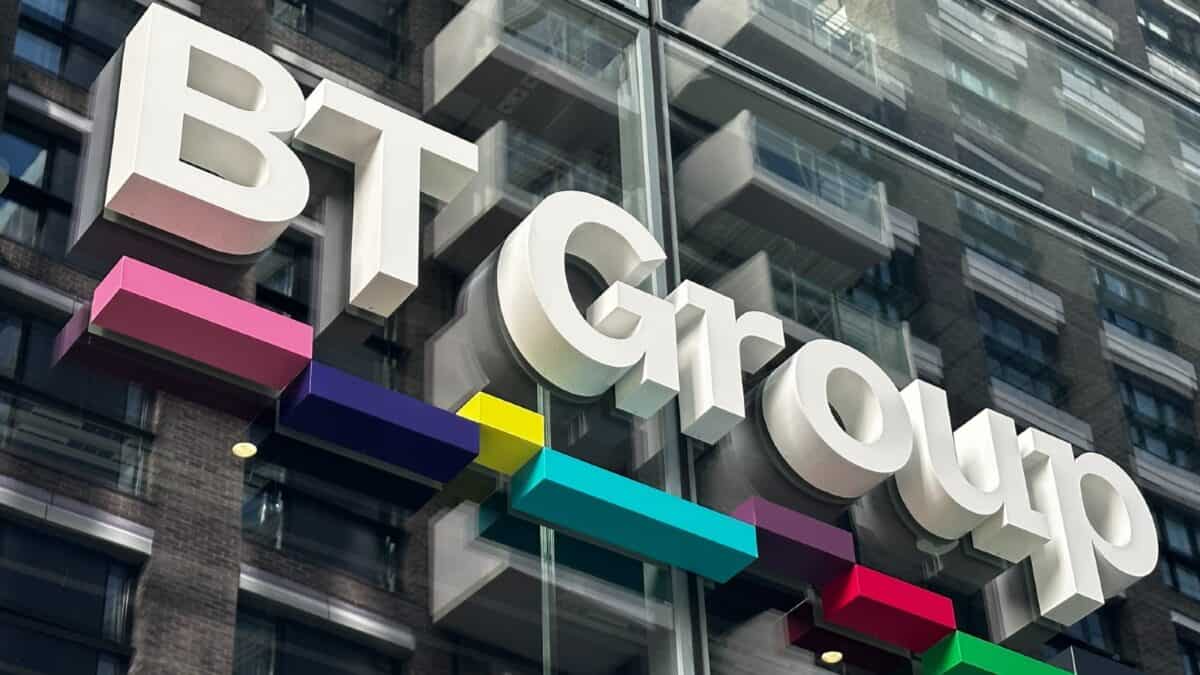The BT (LSE:BT.A) share price is up 9.5% over the past month, reversing some of the losses seen over the first half of the year.
Of course, many investors will now be hoping that BT stages a Rolls-Royce-esque recovery — the latter has surged 189% from its lows a year ago.
So, is that the case? Are we looking at an opportunity to buy BT shares?
Should you invest £1,000 in Sainsbury's right now?
When investing expert Mark Rogers has a stock tip, it can pay to listen. After all, the flagship Motley Fool Share Advisor newsletter he has run for nearly a decade has provided thousands of paying members with top stock recommendations from the UK and US markets. And right now, Mark thinks there are 6 standout stocks that investors should consider buying. Want to see if Sainsbury's made the list?
Value
BT shares trade at a 55% discount to the global communications sector on a forward basis. That’s an attractive metric.
The below table details BT’s earnings per share forecasts for the next three years coupled with the associated forward price-to-earnings (P/E) ratios.
| 2024 | 2025 | 2026 | |
| EPS | 15.6 | 15.3 | 15.9 |
| P/E | 7.8 | 8 | 7.7 |
A P/E ratio of 7.8 certainly isn’t expensive. It’s a considerable discount versus the FTSE 100 average — around 14.
However, the data also highlights that earnings aren’t expected to grow overly fast throughout the medium term.
One way of taking into account a company’s growth prospects is the PEG (price/earnings-to-growth) ratio. This is an earnings metric that is adjusted for growth. A PEG ratio of ‘one’ suggests fair value, although it doesn’t take into account returns in the form of dividends.
Here we can see that BT’s PEG ratio — based on forecasts for the next five years — is around 2.9. That isn’t a ratio that could tempt me to buy.
Dividends
Investors will undoubtedly be drawn in by the 6.3% dividend yield. That’s one of the strongest dividends on the FTSE 100.
The big question is whether the dividend is sustainable. To assess this, I’m looking at the dividend coverage ratio. This tells us how many times a company can pay its stated dividends from its earnings.
In FY2023, the dividend was covered 2.53 times by earnings. That’s a strong ratio. Anything above two is considered stable. For FY24, I’m projecting dividend coverage of around 2.2 times — down, but still strong.
Debt
The financial situation at BT Group has raised concerns, primarily due to its substantial level of debt, which is more costly to manage in a high interest rate environment.
The current net debt position is £19.7bn — that’s up from £18.9bn in March — and surpassing the company’s market capitalisation, which stands at £12.1bn.
Leverage is an important vehicle to facilitate investment and growth, but the burden of a debt load may prove too much for some investors.
A large proportion of this rising debt comes from pension contributions. However, the communications giant is supposedly on track to make £3bn of savings by 2024.
Not for me
BT operates is what is still an exciting and innovative sector, however I find the debt position, coupled with the slow EPS growth, rather concerning. Of course the dividend yield looks great, but for a dividend stock, it’s quite volatile. That’s why I’m not buying BT shares.








